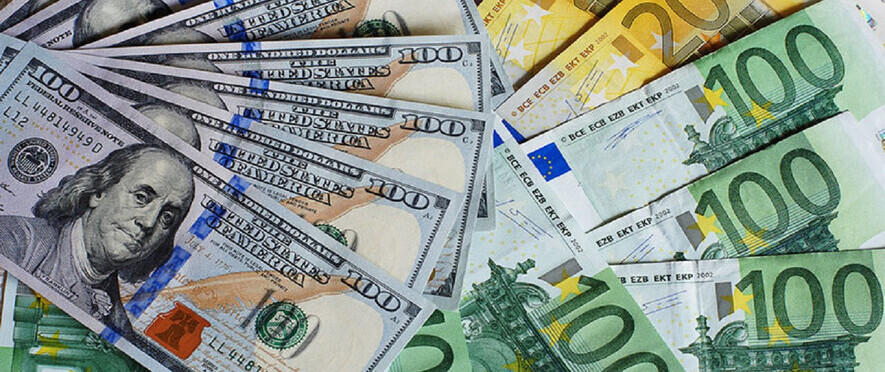Dollar weakens, euro hits highest since August in light holiday trade

The dollar declined on Tuesday, propelling the euro to its highest level in over four months. Investors are keenly observing the Federal Reserve for signals on potential interest rate cuts, especially with inflation nearing the central bank’s 2% annual goal.
Trading volumes remained low post-Christmas, with major markets like the UK, Australia, New Zealand, and Hong Kong closed for holidays. Additionally, many global traders are on extended breaks until the New Year, further quieting the markets.
The dollar is poised for its most significant decline since 2020 against a range of currencies. This slide comes as expectations of Federal Reserve rate cuts diminish the attractiveness of the U.S. currency compared to other global currencies.
Many experts anticipate a notable slowdown in the U.S. economy for 2024. However, the Federal Reserve is likely to take measures to prevent the gap between the fed funds rate and actual inflation from expanding too much.
If inflation declines more rapidly than the Fed’s targeted rate, it could inadvertently lead to tighter monetary conditions than what Fed policymakers aim for, thereby escalating the chances of a severe economic downturn.
“Inflation should continue to cool, which will afford policymakers the ability to trim rates by June in order to prevent passive tightening in real rates,” noted analysts at Action Economics in a Tuesday report.
The analysts from Action Economics challenged expectations of a rate cut by March and disagreed with the market’s anticipation of significant easing by December, suggesting such a move would only be needed if the economy entered a recession soon.
The data from Friday indicated that U.S. prices declined in November, marking the first drop in over 3-1/2 years, which further pulled down the annual inflation rate to below 3%.
The data from Tuesday highlighted a continued uptick in annual home prices for October, suggesting a strengthening housing market. Additionally, a report from Mastercard indicated that U.S. retail sales grew by 3.1% from November 1 to December 24, driven by consumers seeking last-minute Christmas bargains and significant promotions.
The dollar index declined by 0.18% to 101.44, moving away from its 20-year peak of 114.78 set on September 28, 2022. This trajectory places the index on track for an annual decline of 1.98%.
The euro strengthened by 0.20% to $1.1045, marking its highest level since August 10. Having rebounded from a 20-year low of $0.9528 observed on September 26, 2022, the euro is poised for a yearly increase of 3.08%.
The dollar edged up by 0.06% against the yen, reaching 142.47. After hitting a 32-year peak of 151.94 yen on October 24, 2022, the dollar approached this mark again recently but faced resistance as the Japanese currency strengthened. For the year, the dollar is set to record an 8.68% increase.
The yen has stabilized close to its five-month high amid expectations that the Bank of Japan (BOJ) might start moving away from its ultra-accommodative policy. Throughout 2022 and 2023, this policy stance had exerted downward pressure on the Japanese currency, especially as other leading central banks pursued more aggressive rate increase strategies.
BOJ Governor Kazuo Ueda indicated on Monday that the chances of reaching the central bank’s inflation goal are progressively improving. He emphasized that the bank would contemplate policy adjustments if there’s a substantial increase in the prospects of consistently hitting the 2% target.
Risk Warning: CFDs are complex instruments and come with a high risk of losing money rapidly due to leverage. 76.75% of retail investor accounts lose money when trading CFDs with this provider. You should consider whether you understand how CFDs work and whether you can afford to take the high risk of losing your money.






